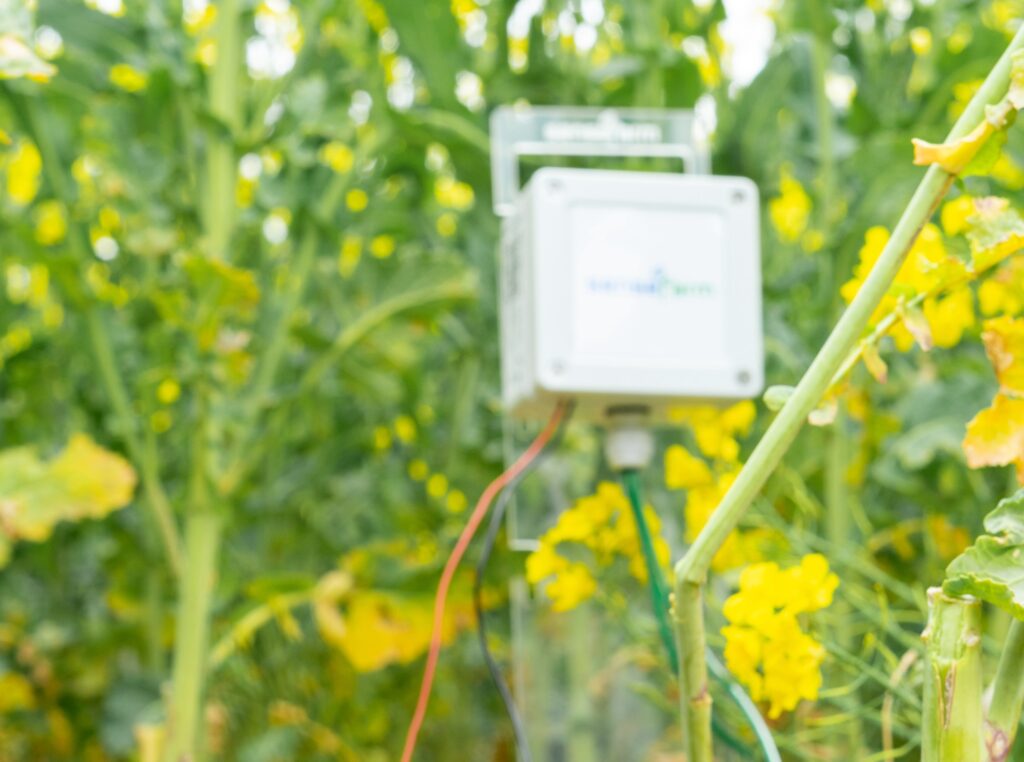Exploring strategies for long LPWAN battery life performance
Exploring strategies for long LPWAN battery life performance
Welcome to the first chapter of our blog series, where we explore strategies for extending battery life in IoT devices during product development. In this series, we will uncover the factors that influence battery life, provide guidance on battery selection, discuss various optimization techniques, and present a real-world case study. By following the recommendations presented here, developers and stakeholders can enhance the longevity and reliability of their LPWAN IoT devices, ultimately ensuring optimal LPWAN battery life performance.
The importance of IoT device battery performance
Battery performance is a critical determinant for the successful operation of IoT devices, especially those deployed in remote or inaccessible locations. In such scenarios, these devices heavily rely on sustained battery power for extended operational periods. The optimization of battery life directly influences not only the longevity of the device but also maintenance costs and user experience.

Maximizing battery life in LPWAN networks
Maximizing battery life is of utmost importance in LPWAN networks. Minimal power consumption is key, and achieving efficiency relies on several factors, including device power use, network connectivity, transmission power, and data rate. By optimizing these factors, developers can ensure reliable and uninterrupted device functionality. Efficient battery management not only reduces the frequency of battery replacements but also enhances the sustainability of IoT deployments. This is particularly important for long-term monitoring applications such as environmental sensing and asset tracking, as it minimizes costs, and environmental impact, and improves overall IoT solution viability and scalability.
Efficiency in LPWAN networks
Throughout this blog series, we will explore the design of devices in LPWAN networks for minimal power consumption and extended battery life. Attaining optimal efficiency relies on understanding and optimizing factors such as device power consumption, network connectivity, transmission power, and data rate. By delving into these variables, developers can achieve the desired battery performance, ensuring reliable and uninterrupted functionality of their LPWAN IoT devices.
Reducing replacements, enhancing sustainability
Efficient battery management not only reduces the frequency of battery replacements but also enhances the sustainability of IoT deployments. This is particularly crucial for applications that require prolonged monitoring, such as environmental sensing, asset tracking, and smart agriculture. By extending battery life, organizations can minimize operational and maintenance costs, decrease environmental impact, and improve the overall viability and scalability of their IoT solutions.
Blog series exploration
Stay tuned as we explore battery performance for LPWAN IoT devices. We’ll analyze the factors impacting battery life, offer guidance on choosing the right battery, and discuss strategies for maximizing efficiency. By implementing the best practices from this series, organizations can optimize their LPWAN deployments, improve battery performance, and extend device lifecycles. The next chapter will be about Optimizing battery life of LPWAN IoT devices.

Blog series content
- Exploring challenges and strategies for long LPWAN battery life performance
- Optimizing battery life of LPWAN IoT devices
- Choosing the right battery for IoT devices
- Four steps for a successful IoT battery selection
- Profiling different battery chemistries: A case study
For early access to the full series, download our white paper Powering IoT devices now.
Become a member of our community
Gain access to exclusive resources, educational materials, and expert advice to enhance your knowledge and understanding of powering IoT devices and battery testing.